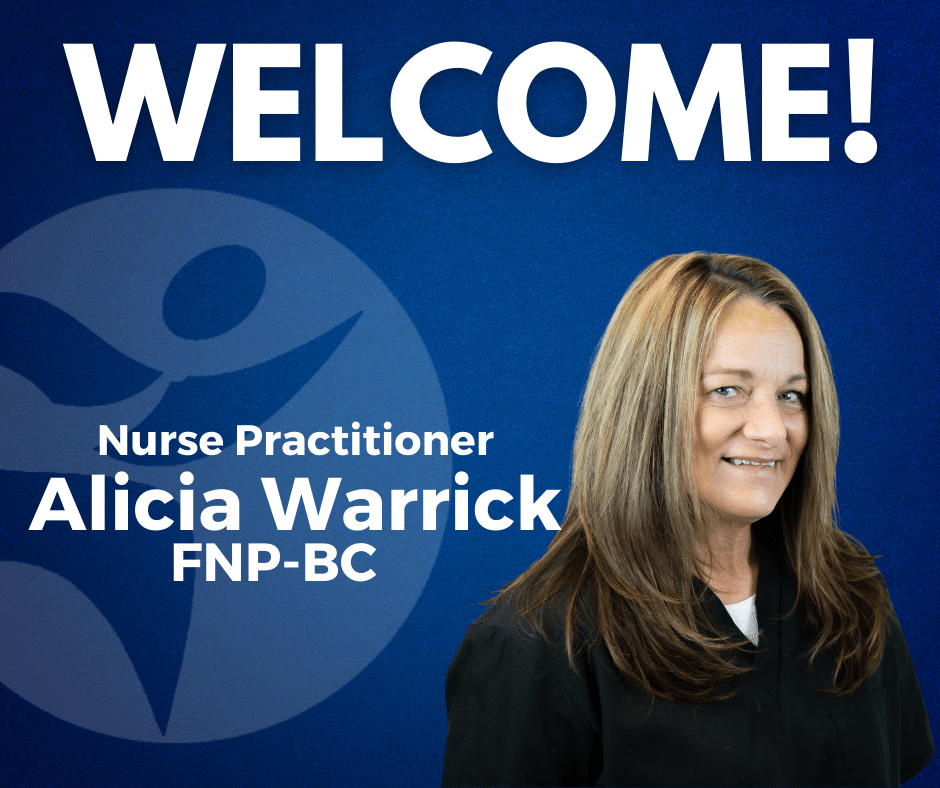Top 10 Most Frequently Sited OSHA Standards
Top 10 Most Frequently Sited OSHA Standards The U.S. Department of Labor, Bureau of Labor Statistics 2022 report states that there were 5,190 fatal work injuries recoded in the United States in 2021, an 8.9-percent [...]










